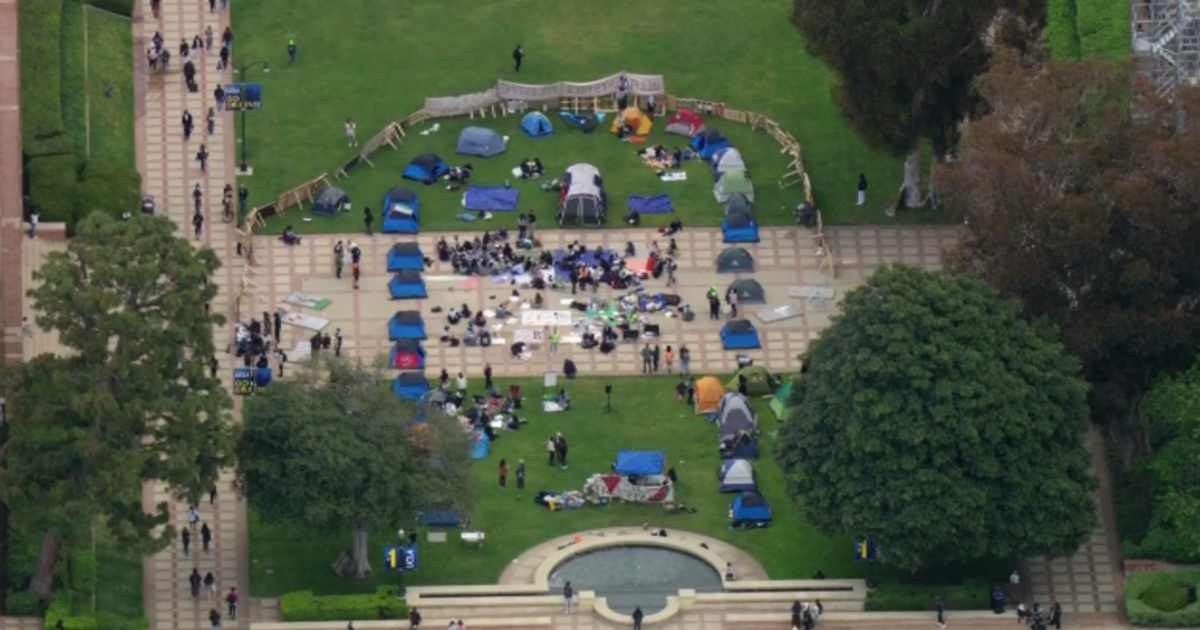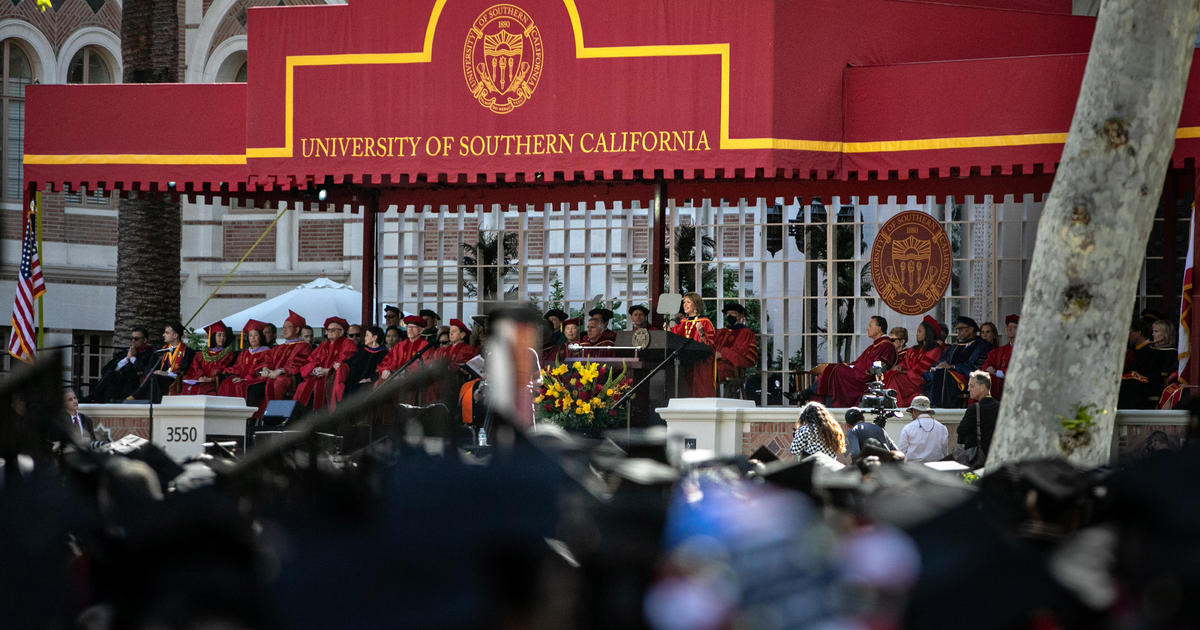3 STEAM-Related Cooking Activities to Do With Your Kids
By Gillian Burdett
Science is the exploration of how the physical world works, and the work of scientists isn't limited to isolated research labs. Your kitchen is perhaps the first science laboratory your children will encounter. It is a familiar setting central to any household and it's a great place for your kids to learn the basics of scientific inquiry. In the kitchen, kids can see (and taste!) the results of applying science, technology, engineering, art and math skills (STEAM) to food preparation.
Use a notebook to record recipe variations and results and include a photograph of the finished products. As any chef will tell you, presentation is a large part of food's appeal, and master chefs pride themselves on mastering aesthetics as well as the flavors and aromas of their recipes.
Bake the Perfect Brownie: The Scientific Method
Some like them chewy, some like them gooey, some prefer a light and airy cake brownie. Whip up a batch of basic brownies (we like Mark Bittman's recipe) and taste the results. Formulate questions such as, "How can we make them more cake-like?" and "How can we reduce the calorie count?"
Jot down these questions and formulate a hypothesis for each. Try replacing the butter with canola oil, or the unsweetened chocolate with cocoa powder. What happens if the white sugar is replaced with a low-calorie sweetener such as stevia? Will eliminating the egg yolks and adding only the whites change the texture? Replace some of the butter with applesauce for a low-fat version.
There are dozens of variations. Let your kids brainstorm ideas. Each batch of brownies will provide insight into how each ingredient affects the final product and will teach the kids the value of methodical scientific inquiry.
Cooking Math: It's All About the Fractions
Three teaspoons equal a tablespoon; four tablespoons equals a quarter cup. So, how many teaspoons are in a cup? The mental calisthenics required to double, triple or cut a recipe in half builds brainpower, strengthens neural pathways with transferable skills. Keep a full set of measuring cups and spoons in your kitchen. A small food scale is also useful.
Find simple recipes for baked goods, smoothies or even dinner entrees that can be adjusted to change the number of servings and have your kids work out the math. The hands-on measuring of two-quarter cups to equal a half-cup will illustrate the concept better than any math worksheet could.
The Art of Cooking: Looks Good Enough to Eat
Creativity is essential to problem-solving. While the scientific method takes a vertical, systematic approach to understanding phenomena, the arts develop the capacity to think laterally and view problems from different and unique perspectives. The kitchen is an ideal place to unleash your children's creative impulses. All you need is some fresh produce.
With a variety of shapes and colors, fruits and vegetables are great materials for the budding designer. Platters created with specific themes, such as holidays or geographic locations, or made to represent people or objects, will stretch the imagination as young chefs will work with wedges of pineapple, cucumber slices, carrot curls and radish roses. Incorporate some engineering into the project with toothpicks to build strawberry castles or crudité turkeys.
Incorporating STEAM education into everyday life will give kids a leg up when it comes to formal study in an academic setting. These cooking projects may be adapted for children of any age and will add fun to the chore of meal preparation.



